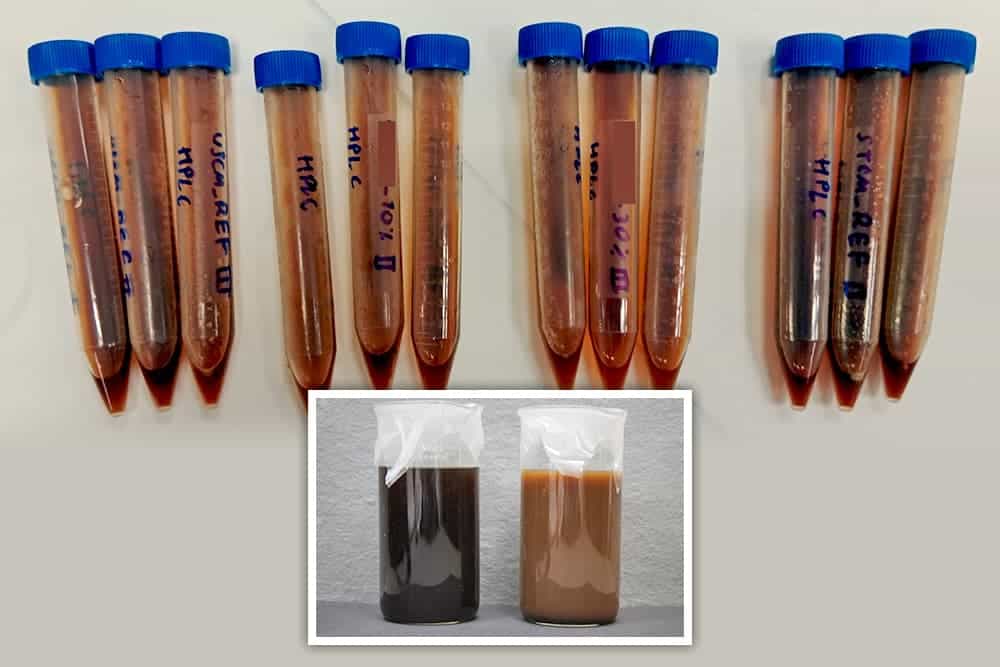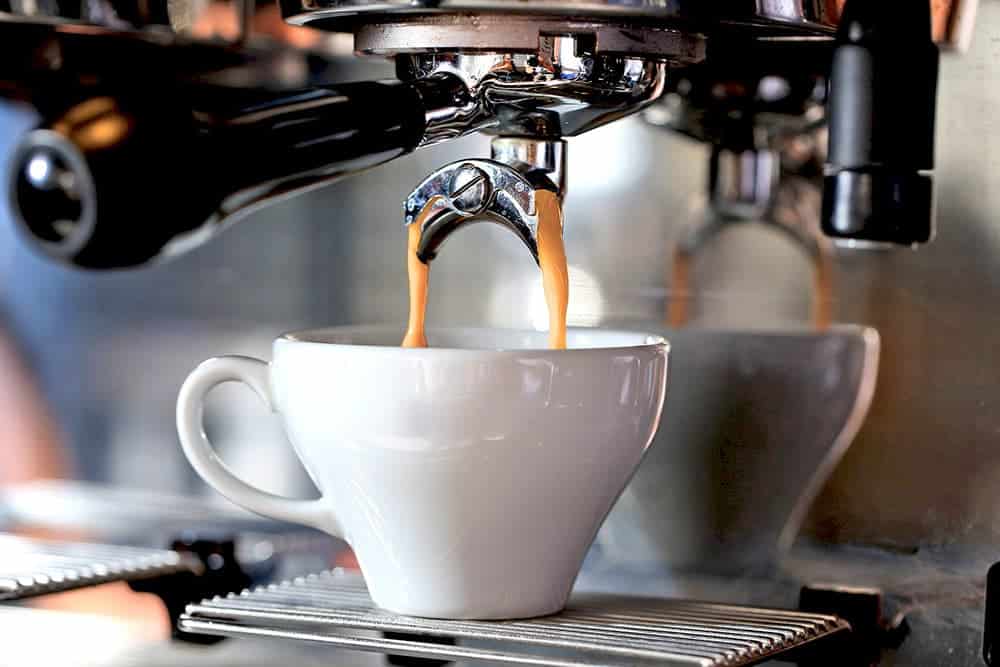What was the challenge or problem to solve?
On this occasion, INFINITIA’s Food Technology and Product Development teams worked together to develop a technology to improve the sensory properties of coffee.
The client company expressed their interest in investigating the potential of a new technology in the food industry, specifically in coffee preparation. The advantages of this new technology were considerable: speed, simplicity and competitive cost.

We began the study with an initial bibliographic search, both in scientific journal databases and in patents. The aim was to understand the potential impact of the technology and to select the optimal conditions under which it should be developed. After the previous preparation, the Product Development team developed a prototype demonstrator, which would serve to validate the new technology. The prototype would be tested to see if the application of the technology was feasible and if there was an improvement in organoleptic properties.
After fine-tuning the prototype and performing the relevant tests, this functional prototype was validated. In the meantime, samples were prepared for subsequent analysis.
The sample analysis phase was exhaustive. Different equipment and procedures were used for physicochemical characterization: moisture analyzer, refractometer, conductivity meter, spectrophotometer, HPLC, pH meter, as well as sensory analysis and cream formation.
The objective of these tests was to check whether the technology had produced any change, so that it could be decided whether it had been a success or not. To this end, all the results were analyzed using statistical programs. In this way, it was possible to evaluate the trends and correlations between the variables studied and, as a result, to obtain statistically substantiated conclusions.
Once the research was completed, a report was presented to the client confirming the positive results of the use of this application to improve the properties of coffee.

